“Gosh your breath stinks!”
Do you cringe when your dog comes up for kisses? Do you turn away in disgust when their hot breath flows your way? Did you get a new puppy? Wait, why would you be concerned about your puppy? Read on!
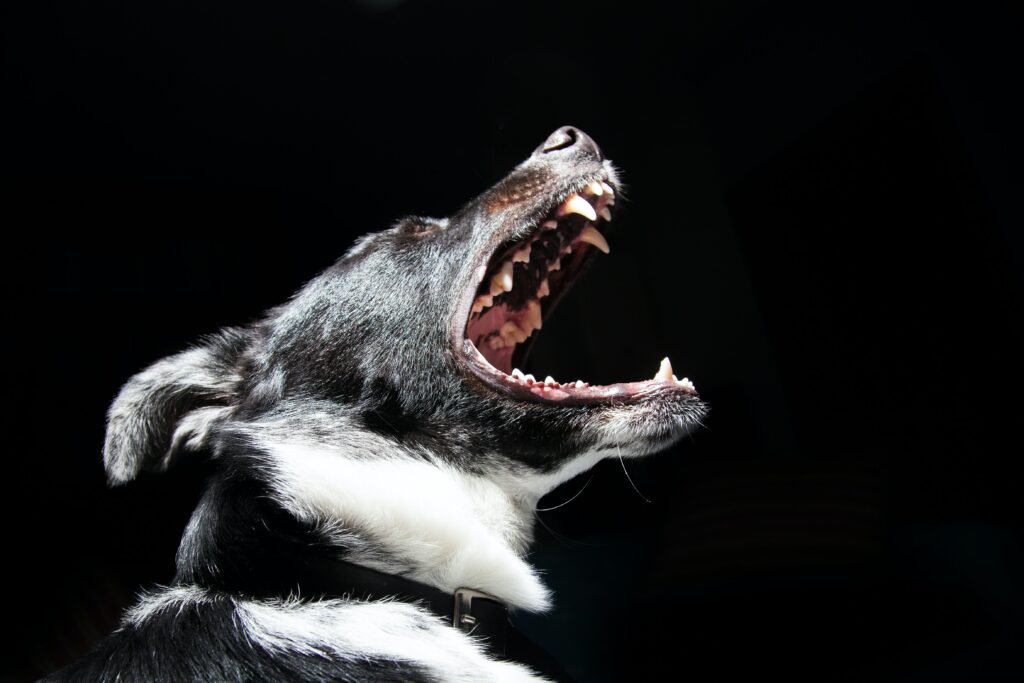
How is my dogs dental health managed and why should I care about it?
Canine dental health is best managed with prevention! Starting your young dog off on the right foot is the key to easy management of their dental needs throughout their lives and can save you a lot of money and headache in the future.
Dental disease can and will affect many aspects of your dogs overall health. Besides the obvious odor and discomfort that can come with yucky teeth, dental disease can cause a host of other problems. Your dogs mouth is the conduit to the rest of their body, namely the kidneys. Kidneys filter out the toxins and dogs with decaying teeth have a lot! This dental issue can put strain on their kidneys over time and many dogs with advanced dental issues will also develop increase liver values.
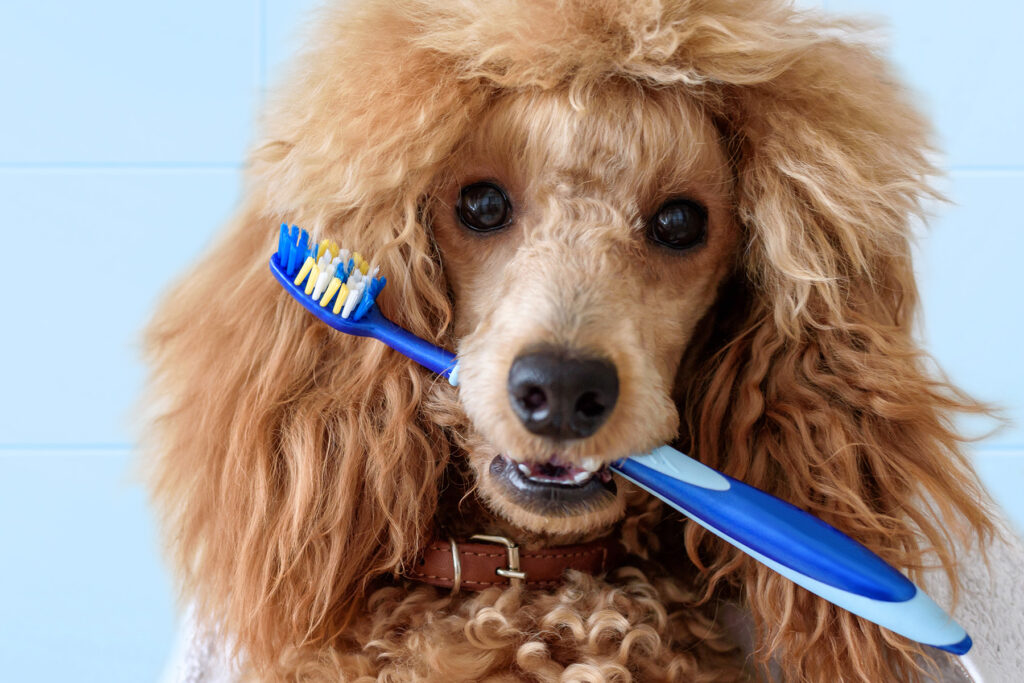
What is the best way to start brushing my dogs teeth?
Now that you know what can happen, where should you start? Start by selecting a dog specific toothpaste (human toothpaste is toxic) and pick up either a doggie specific toothbrush or use a soft child’s toothbrush. Once you have your supplies, just let your dogs taste it. A little bit on your finger to make sure they like the taste. Once you’ve established the taste is acceptable, try rubbing it on their teeth!
Some dogs are finicky about letting you touch their mouths so do not be discouraged if this is a slow process. Be patient and one day you’ll have a ready to be brushed hound! Once they’re comfortable with the paste, start using your tooth brush!
How often should I be brushing my dogs teeth?
Every day!
It seems crazy, but you brush your teeth every day (hopefully multiple times a day), doesn’t it seem fitting you should do the same for your dog? In reality, according to the AVMA, brushing a few times a week can be effective but ideally you should brush every day for best practice.
I don’t want to brush my dogs teeth, what are my options?
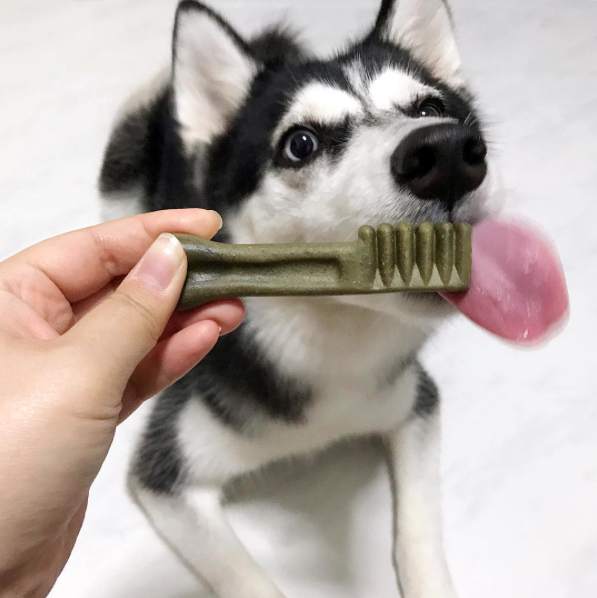
We know daily doggie toothbrushing isn’t for everyone. While brushing is the gold standard, there are many products available to decrease your dogs chances of dental issues and to provide them with some entertainment too. See our brief list below!
- Dental chews
- Oral gels
- Water additives
How do you know what products are the best? There is a council specifically for animal dental health! The VOHC (Veterinary Oral Health Council) has a list of approved products that are provenly effective.
Regardless of what you decide if best for you an your pet, remember to take your dog to the vet once a year for their routine check up and to assess their dental health!
 That Pet Blog That Pet Place Pet Blog
That Pet Blog That Pet Place Pet Blog


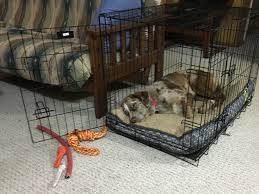
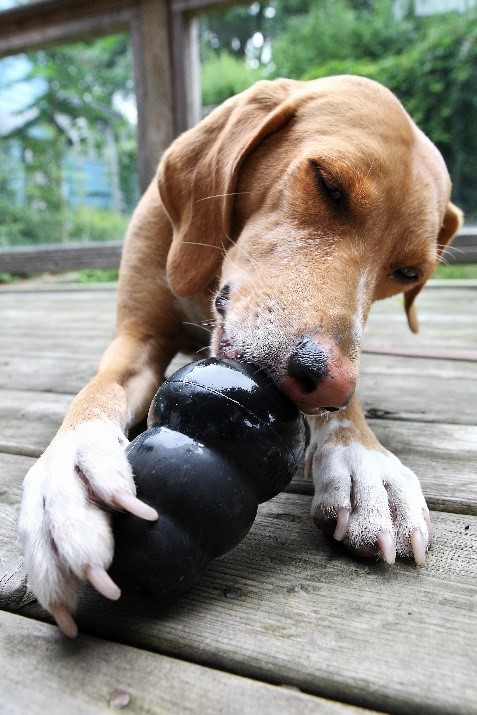
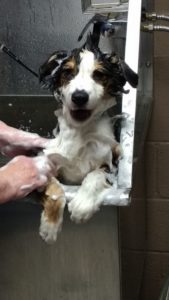



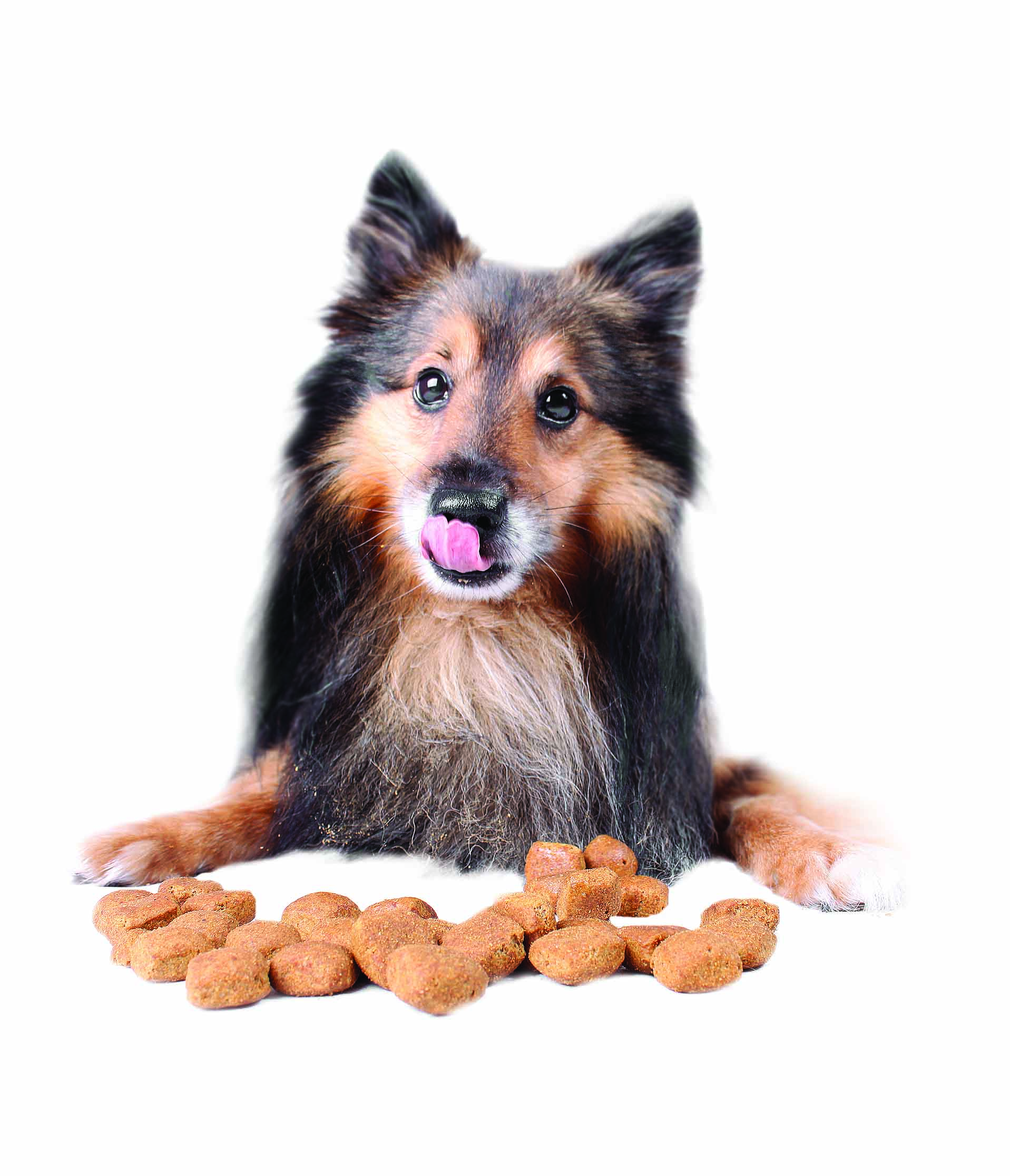
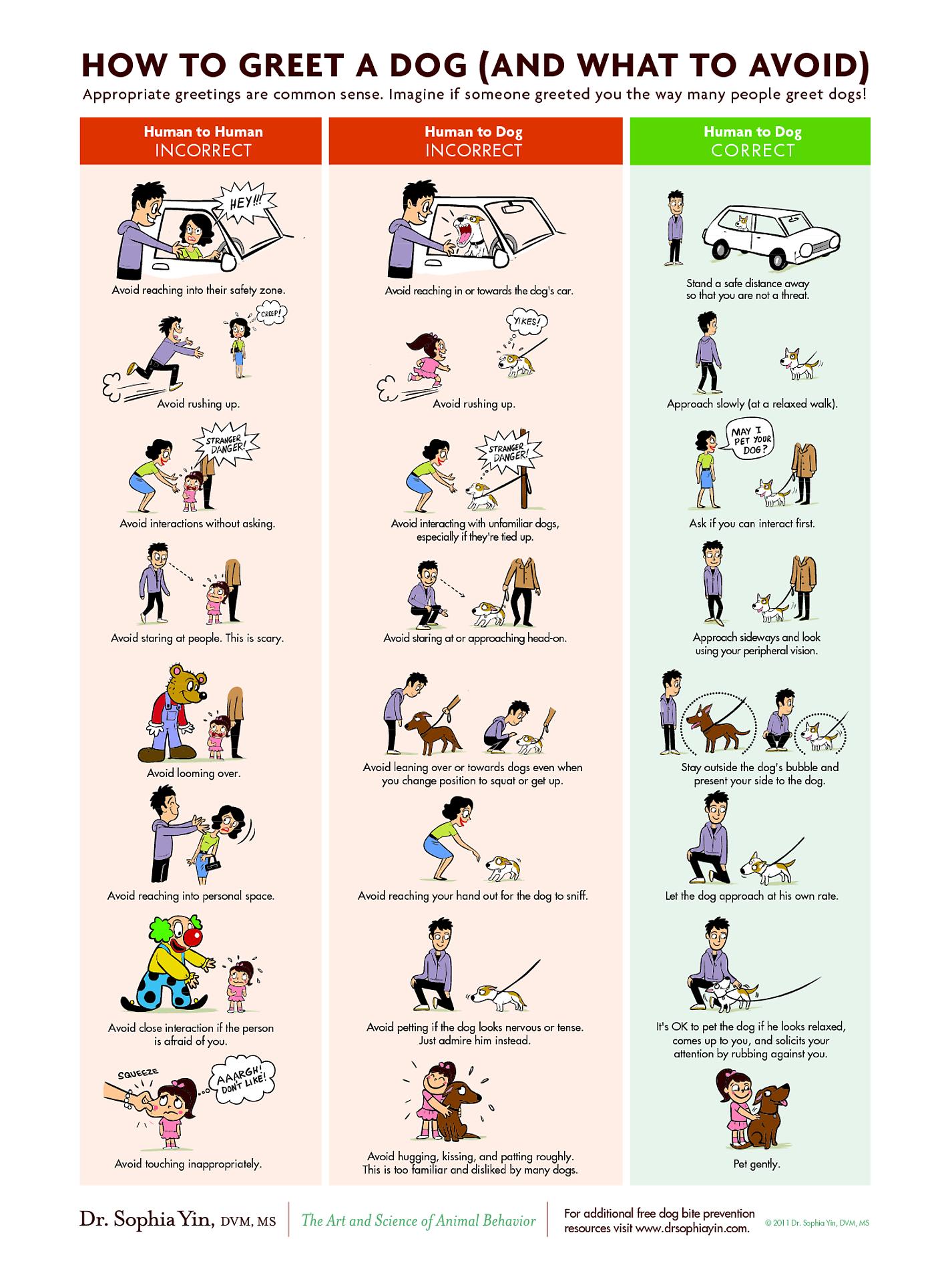
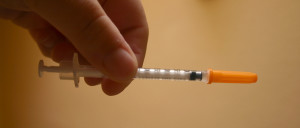


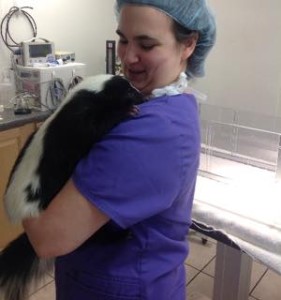
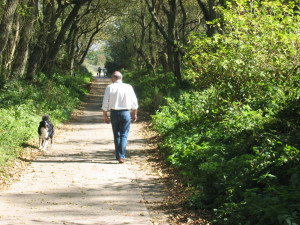

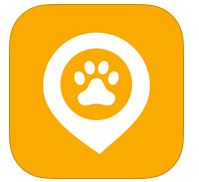



![stockxpertcom_id100161_size0[1]](http://www.thatpetblog.com/wp-content/stockxpertcom_id100161_size01-300x189.jpg)